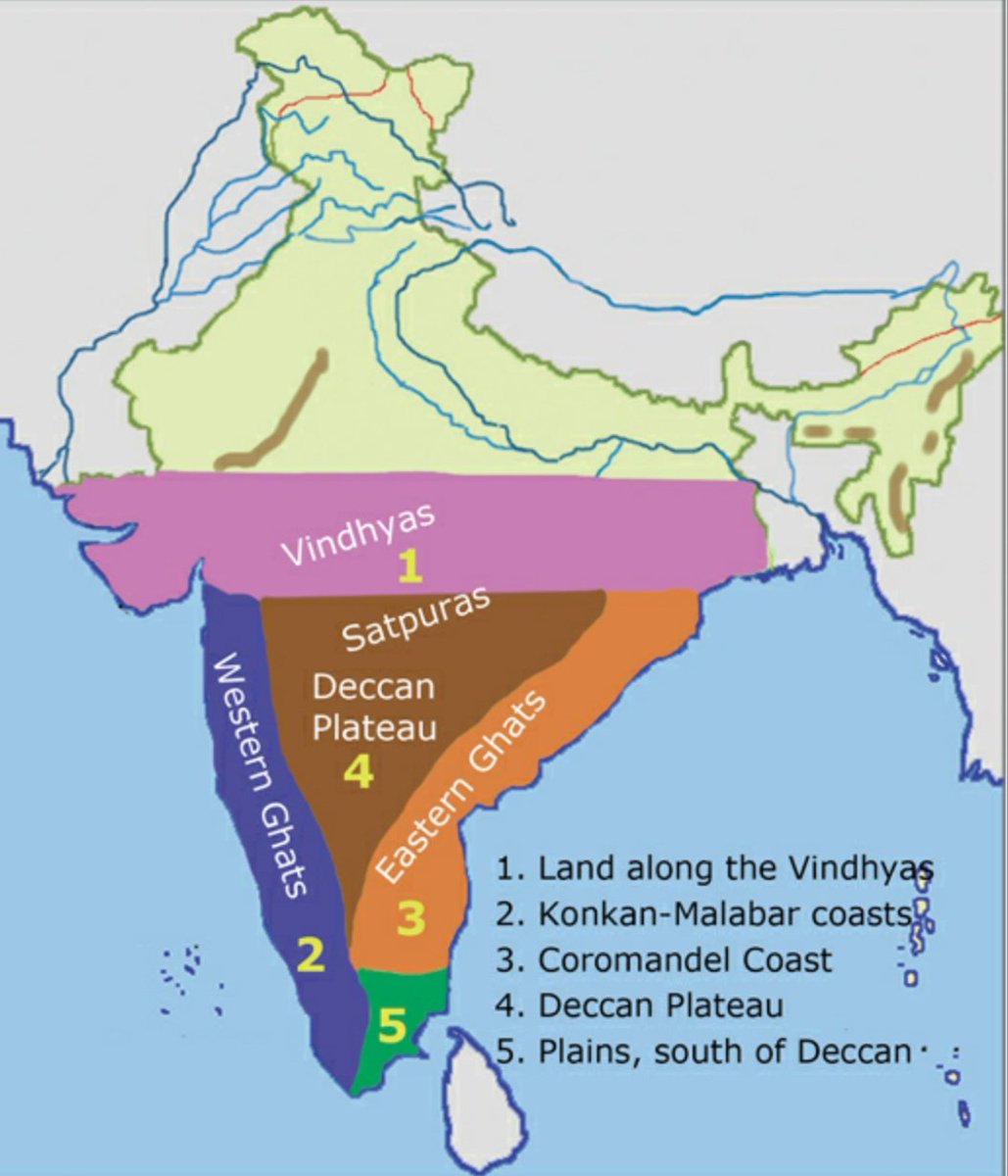
Indu Makkal Katchi - இந்து மக்கள் கட்சி ( Off )
17 Nov,
14 tweets, 3 min read
Dravidam is a Sanskrit word.
Dravida is a variation of the Samskrt words dramila, dramira or dramida which mean South India. This again comes from the root Dra, meaning to flow, to move, from which has come Dravyam for liquid, that which flows.
Thread.
Dravida is a variation of the Samskrt words dramila, dramira or dramida which mean South India. This again comes from the root Dra, meaning to flow, to move, from which has come Dravyam for liquid, that which flows.
Thread.
It is the same root as for Druid, those who deal with magic potions, liquids, the most famous ones being the Druids of the Gauls, the Celts and so on.
Dravya also stands for metals, that which melt. Dravya therefore also denotes material wealth
Dravya also stands for metals, that which melt. Dravya therefore also denotes material wealth
which usually comprises of various forms of gold, silver and other precious metals obtained from underground.
Peninsular India is rich in mineral wealth and hence is also aptly called Dravida, a land of rich mineral wealth.
Peninsular India is rich in mineral wealth and hence is also aptly called Dravida, a land of rich mineral wealth.
Our ancients’ knowledge, awareness of the moving plates and rise of Himalaya is evident in the name Trivishtap by which they had referred to present day Tibet. Infact the word Tibet itself is an anglicized version of Trivishtap.
Pancha Dravida This Peninsular India was referred to as Pancha Dravida based on its division into 5 physical features as
Land along the Vindhyas
Konkan-Malabar coasts (Western Ghats)
Coromandel Coast (Eastern Ghats)
Deccan Plateau Plains to the south of the Deccan
Land along the Vindhyas
Konkan-Malabar coasts (Western Ghats)
Coromandel Coast (Eastern Ghats)
Deccan Plateau Plains to the south of the Deccan

This demarcation of Dravida becomes evident from India’s national anthem “Jana Gana Mana” punjab, sind, Gujarat,Maratha,Dravida utkala, Vanga.
So, people from the Peninsular part of India, Dravida, came to be rightfully called Dravidians,
So, people from the Peninsular part of India, Dravida, came to be rightfully called Dravidians,
much as people from America are called Americans or people from Britain are called British.
The term Dravidian does not denote a race.
Dravidians have existed all along, ever since humans evolved in India and continue to exist even today.
The term Dravidian does not denote a race.
Dravidians have existed all along, ever since humans evolved in India and continue to exist even today.
It will be interesting to note that the term Dravida cannot be found inTamil Sangam literature.
Interestingly, while the word Dravida is not traceable in the old, Tamil Sangam texts, the word Dravida is traced to the following literature -
Interestingly, while the word Dravida is not traceable in the old, Tamil Sangam texts, the word Dravida is traced to the following literature -
Mahabharata in Samskrt which goes back to 3100 BCE i.e. 5100 years ago
Manusmriti in Samskrt (verse 10.44) which is more than a couple of millennia old
Manusmriti in Samskrt (verse 10.44) which is more than a couple of millennia old
Adi Shankara’s introduction of Himself in Kashi, as a Dravida Sisu in Samskrt language Adi Shankara’s Soundarya Lahari in Samskrt (verse 75) which goes back by 2500 years
Kamba Ramayanam in Tamil which dates to 1000 years ago.
Kamba Ramayanam in Tamil which dates to 1000 years ago.
Dravida is a geographical terminology and Dravidians denotes natives of Peninsular, Southern parts of India.
It is an irony indeed that the political outfits of present day Tamil Nadu which grew on the central theme of “rising” by suppressing the Brahmins,
It is an irony indeed that the political outfits of present day Tamil Nadu which grew on the central theme of “rising” by suppressing the Brahmins,
chose names such as Dravida Kazhagam (DK), Dravida Munnetra Kazhagam( DMK), All India Anna Dravida Munnetra Kazhagam (AIADMK), Marumalarchi Dravida Munnetra Kazhagam (MDMK), Desiya Murpokku Dravida Kazhagam (DMDK) etc., to convey their ideology of upliftment of the
• • •
Missing some Tweet in this thread? You can try to
force a refresh







